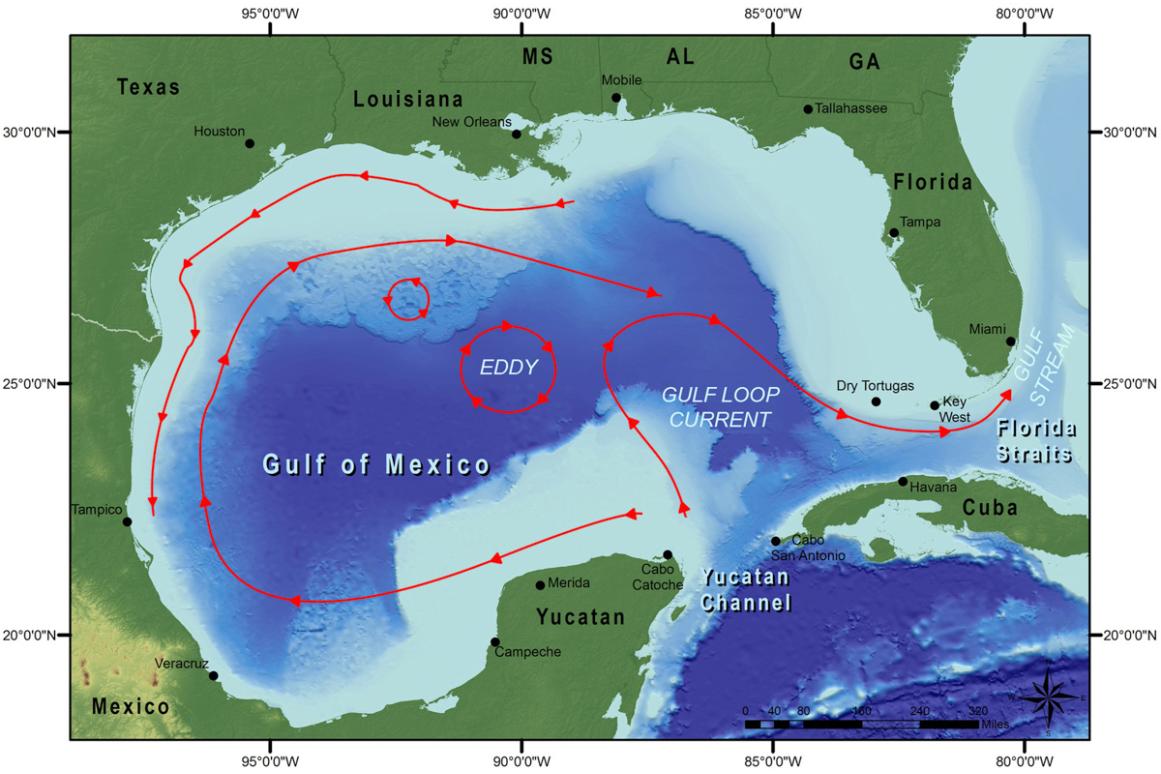The Gulf Research Program of the National Academies of Sciences, Engineering, and Medicine Provides Research Funding for GulfCORES

CORPUS CHRISTI – The Gulf Research Program (GRP) of the National Academies of Sciences, Engineering, and Medicine recently announced that it would provide $5.4 million in research funding to Texas A&M University’s Understanding Gulf Ocean Systems (UGOS) program. This funding will be specifically allocated to establish the Gulf Consortium for Offshore Risk Reduction Engaging Stakeholders (GulfCORES), led by Dr. Steven DiMarco of Texas A&M University’s Department of Oceanography.
Felimon Gayanilo, a Systems Architect and Enterprise IT Technologist at Harte Research Institute for Gulf of Mexico Studies (HRI) at Texas A&M University – Corpus Christi is a co-Principal Investigator for the GulfCORES project.
The funding from the GRP comes as part of a $22 million award in research funds to support three consortia that will undertake the third phase of the UGOS program. The consortia, which includes GulfCORES, will work collaboratively to apply data that will improve operational forecasting of the Gulf of Mexico ocean dynamics, including the Loop Current and its eddies. The Loop Current is an area of warm water that travels up from the Caribbean, past the Yucatan Peninsula, and into the Gulf of Mexico.
The Loop Current is of great interest to a variety of offshore industries, as well as weather forecasters and the scientific community. The Loop Current is deep and fast-moving and often experiences dramatic changes in velocity, temperature, and position. These changes, as well as its warm water eddies, can supply heat to tropical storms causing them to intensify rapidly. Additionally, the Loop Current’s behavior during the Deepwater Horizon oil spill could have led to much more extensive damage had it pushed even more oil beyond the Gulf of Mexico.
Through the development of enhanced predictive models of the Loop Current, industries will be able to better avoid risky conditions for oil drilling and production which will reduce risks to offshore workers and habitat. Predictive models can also assist in improving oil spill response, weather forecasting, and more sustainable management of the Gulf’s many fisheries.
Learn more about the GRP and the UGOS program via a press release from the National Academies of Science, Engineering, and Medicine.
